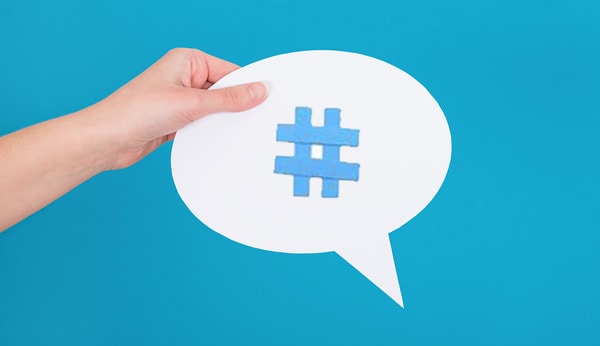The hashtag: in today’s world it’s a crucial component of any online marketing effort. From Twitter to Instagram the hashtag is becoming increasingly important across all social media sites. In fact, Facebook, Twitter, Flickr, Google+, Squidoo, YouTube, Instagram, Kickstarter, Tumblr, Friendfeed, Waywire, Diaspora, Tout, and Vine all use hashtags as a way to organize content.
So why does the hashtag matter? Well, hashtags improve the visibility of your content. People don’t simply use social media to share content. They also use social media sites like Twitter and Instagram in order to find new content that is relevant to their interests. When your content has hashtags it is much easier for users to find.
Now that you know why you need to use the hashtag, you need to figure out how to master hashtagging—something easier said than done. Part art, part science, effectively using the hashtag in your brand’s social media content requires research, creativity, and innovation. Check out these five essential hashtag tips and tricks.
1. Do Your Research.

Figure out the words and phrases people are using to talk about the products and services that your brand offers. Next, figure out what kind of things consumers associate with your brand. For example, National Geographic frequently utilizes hashtags like #nature and #conservation knowing that followers associate them with such concepts.
The bottom line is that well-researched hashtags will increase the quality and quantity of visitors to your social media site and will also help to facilitate meaningful interaction between consumers and your brand.
2. Keep things short and sweet.

3. Get Specific.
Broad hashtags are certainly useful. Ideally your brand should be utilizing hashtags that correspond to its core keywords. But successfully using hashtags means moving beyond the basics. You need to get specific. Take Chobani, for example.
The brand, well known for its Greek yogurt, typically includes general hashtags like #healthy, #greekyogurt, and #eatclean that reflect basic company keywords and core values when posting content to Twitter and Instagram. But the brand also makes use of more specific hashtag.

4. Quantity Matters.
Yes, it absolutely matters how many hashtags you use. Ideally, you will want to mix things up a bit. Try to use several broad hashtags in conjunction with more specific hashtags. But do be wary of overusing hashtags. If followers see too many hashtags they may mistake your post for spam. Keep in mind that there isn’t any magic number but typically somewhere between four and ten is ideal.
Interestingly, competitive analysis firm TrackMaven tracked the use of hashtags across Instagram. They found that photos with five hashtags garnered the most interaction and were subsequently the most visible. Studies show that when it comes to Twitter the ideal number is even less. Analysis suggests that tweets with more then three hashtags have much lower engagement and click through rates than those with fewer than three.
5. Stay Current.

After all if your target market is in Atlanta it probably doesn’t make much sense to use a hashtag that is trending in Boston. However, a word to the wise: please, do not use a trending hashtag unless you can somehow meaningfully relate it to your brand. Irrelevant content isn’t going to do your brand any favors even if it pertains to a trending topic.
From MavSocial | Social Media Marketing Software for Business
